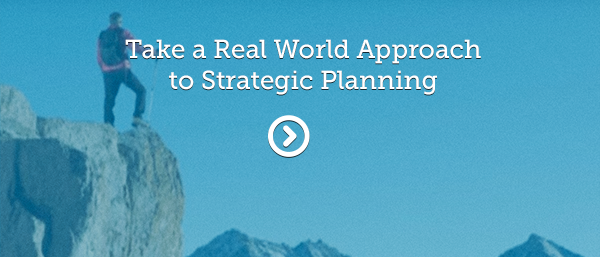If you’re a for-profit organization this probably isn’t going to be relevant to you. But if you’re a government, educational, or non-profit organization chances are your planning team isn’t always paid staff. Instead, they’re likely to be volunteers or part-time stakeholders that are putting in sweat equity to help your organization succeed.
But they don’t always have decision making power, especially when it comes to running your organization.
So, when forming a planning team, especially when it consists of volunteers with day jobs, here are a few things to consider to ensure the process runs smoothly and their contribution helps you build a better, more actionable strategic plan:
- Be honest – There are different ways to contribute and there are different roles planning members play. Be clear with your expectations. Is your planning team simply there to advise, make decisions, or to gain buy-in for implementation? Being upfront with your expectations will mitigate confusion on the back-end.
- Be clear – If you want your planning team to have decision-making authority be specific on what decisions need to be made and how those decision will be made. A team of 10 on the planning team, each a volunteer and each with equal decision-making authority, is a recipe for things to go sideways. Decide how decisions will be made. Will they be made by majority vote, or are some individuals more equal than others?
- Be specific – A planning team comprised of volunteers doesn’t have to tackle the entire end-to-end planning process. They can focus on key pivot points within the plan to ensure you’ve incorporated the right perspectives and concerns. For example, focus on specific elements within your plan structure, like strategic priorities, or competitive advantages, or short-term initiatives. The whole idea is they don’t have to be responsible for everything.
There’s an adage that says “what starts right, ends right.” And when it comes to planning teams comprised of people that don’t have functional roles within your organization, being honest, clear, and specific up front is the right approach. It helps ensure broader perspectives and better engagement and drives the outcome of having a better strategic plan.












